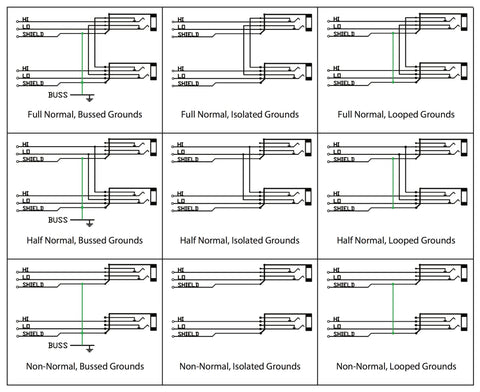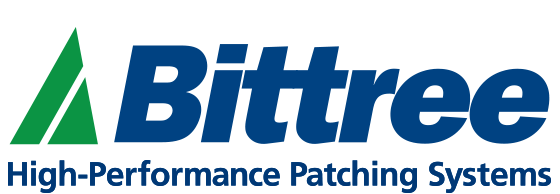Posted in Normalling-your-patchbay
Normalling your patchbay Part 2 – HALF NORMALS
Are you unsure whether or not to normal your patchbay? Do you need guidance on when TO and when NOT TO normal patch points? Are you wondering which ones you should isolate? Is the concept of normalling confusing to you? These are questions that studio engineers of all skill levels face and the answer isn't always cut and dry. As with many aspects of studio design, this technical topic draws differing opinions even from seasoned professionals. There are engineers that have hallways full of gold and platinum that don’t know the first thing about how patchbays are configured and others with equal amounts of awards that know as much or more than the head tech at Capitol Records. Today we tackle the topic of half normalling and touch on the subject of grounding as it relates to half normalling. The details on grounding will be done in our final installation of the series. Each of this 3 part series will expose the most basic aspects of normalling and deliver some nuances in patchbay configurations in order to put you on a path to success when designing normalling your patchbay.
So let’s say you have your mic lines coming up on the top row and they normal down into some rad mic preamps you have. You want to send your first mic line (your kick drum mic) to another mic pre at the same time and record both signals. With a half normalled configuration, the signal flows through to the input jack below and by plugging into the top jack you can route that signal to a second destination without using mults. (A mult is a group of patch points all wired together so that one becomes all- a group of four points becomes one input and 3 outputs) This is effectively a Y cable, splitting your mic line signal into 2 signals.
As with all patchbay configuration options, you want to choose the option that fits your needs and fits your workflow. The half normal configuration is handy for mic lines as described in the example above but what if you don’t want the mic line signal to go to two places? You can still employ the half normal configuration and cross patch signals as needed by dead patching the input you don’t want to use. Let’s say you’re patching mic line 1 over to mic pre input 4 and you don’t want mic line 1 to feed mic pre 1 anymore. Simply patch an available patch cord into mic pre 1 input and the signal is broken. In the studio the dead patch is an old patch cord end that has been cut off. When a patch cord becomes intermittent, we would cut the ends off and save them for use as dead patches. If you find that setting up your bay half normalled will lead to using a ton of dead patches, half normalling might not be right for you-probably better to go fully normalled when normalling your patchbay.
Subscribe to our newsletter and always be the first to hear about what is happening.
© 2024 Bittree

Jack Field
Author